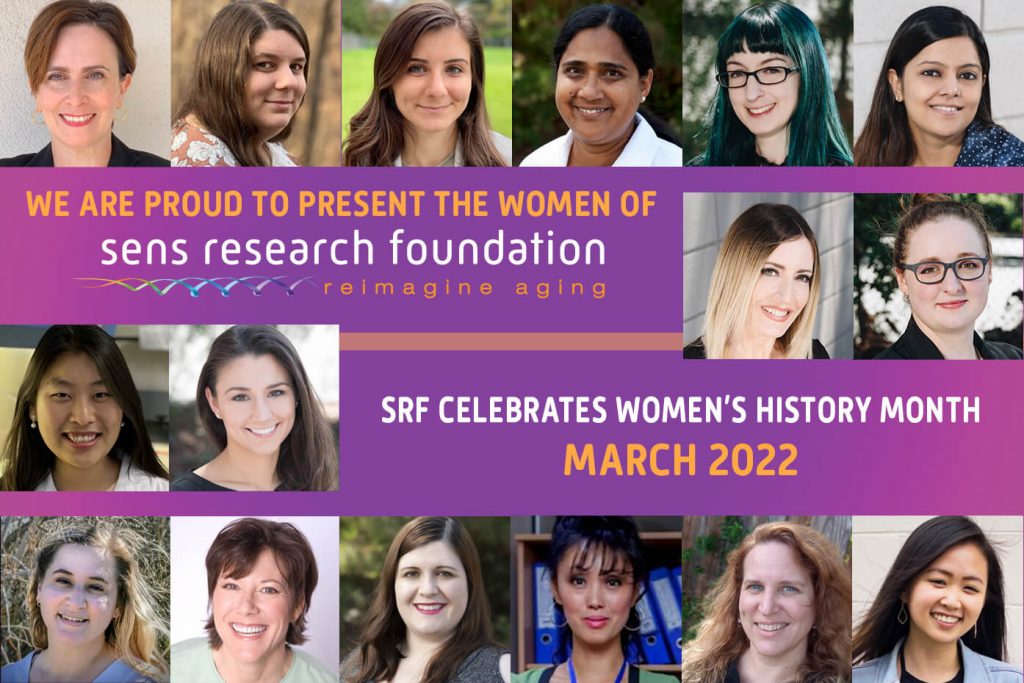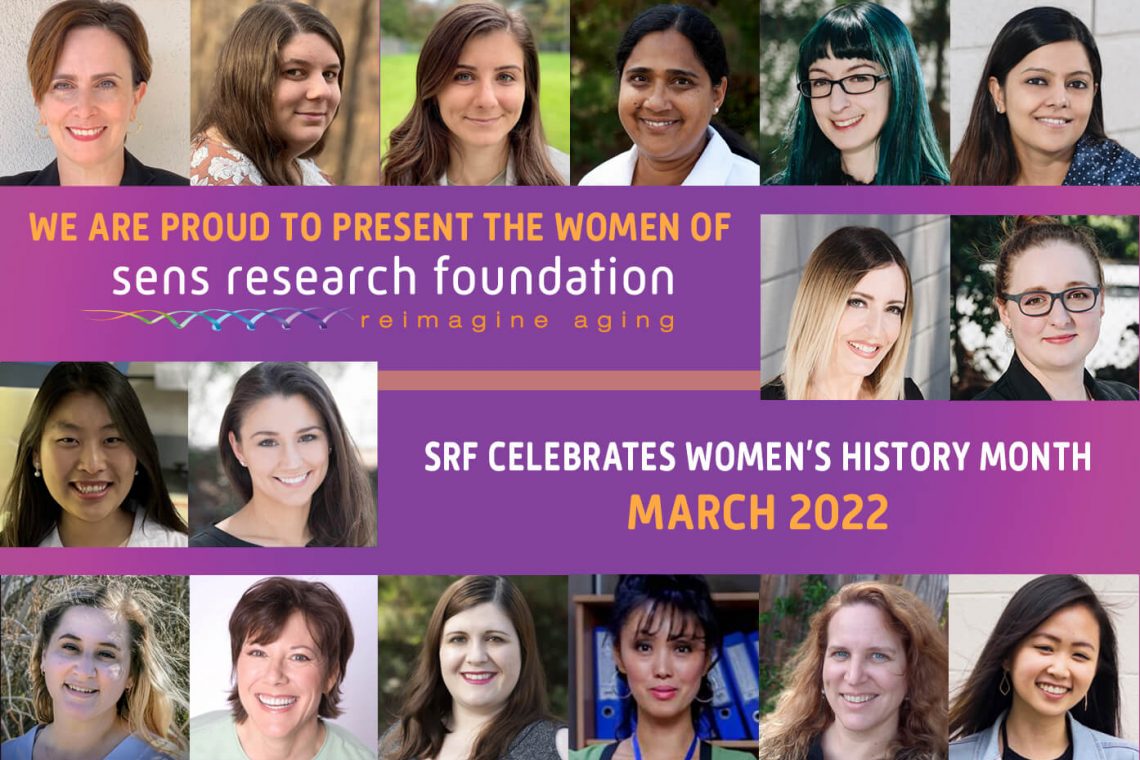
Throughout history, women interested in science and engineering have broken barriers to make important discoveries, conduct game-changing research, and pursue careers in science, technology, engineering, and math (STEM).
Rosalind Franklin’s x-ray crystallography work was critical to the discovery of DNA’s double-helix structure. Although she received recognition for her discoveries on coal and viruses, her contributions to the structure of DNA were largely unrecognized in her lifetime. Therefore, she is often referred to as the “dark lady of DNA” and the “Sylvia Plath of molecular biology.” Franklin led pioneering work at Birkbeck College on the molecular structures of viruses. She passed away the day before her structure was to be unveiled. Her continued research eventually won the Nobel Prize in Chemistry in 1982.
Margaret Dayhoff founded the field of bioinformatics. Dayhoff dedicated her career to applying the evolving computational technologies to support advances in biology and medicine. She is best known for the creation of protein and nucleic acid databases and tools to disrupt the databases. She also developed one of the first one-letter codes (PAM) used for amino acids, which reflected an attempt to reduce the size of the data files used to describe amino acid sequences. Dayhoff was the first woman to hold office in the Biophysical Society and the first person to serve both as secretary and eventually president.
Esther Lederberg discovered the lambda phage, an important tool for studying gene regulation and recombination. Lederberg also invented the replica plating technique, which is used to isolate and analyse bacterial mutants and track antibiotic resistance. Prior to Esther’s invention scientists had been largely unsuccessful with their techniques, including the use of blotting paper, metal brushes with small prongs and even toothpicks in their experimentation. Lederberg’s work with geneticists at Stanford University greatly assisted their winning of the Nobel Prize in 1958 for discovering the role of genes in regulating biochemical events in cells.
Marie Maynard Daly performed foundational work in histone chemistry, protein synthesis, and the health impacts of cholesterol and hypertension. For seven years, she worked on the composition and metabolism of components of the cell nucleus at the Rockefeller Institute in New York. Daly was the first African American woman to obtain a PhD in chemistry in the United States, at Columbia University. Overcoming the dual hurdles of racial and gender bias, Daly was committed to developing programs to increase the enrollment of minority students in medical school and graduate science programs.
Dr. Kizzmekia Corbett is a viral immunologist known for being the scientific lead of the VRC’s COVID-19 Team, with research aimed at COVID-19 vaccines. Anthony Fauci wrote in a Time’s profile that Corbett has “been central to the development of the Moderna mRNA vaccine and the Eli Lilly therapeutic monoclonal antibody that were first to enter clinical trials in the U.S.” and that “her work will have a substantial impact on ending the worst respiratory-disease pandemic in more than 100 years.” In December 2021, Corbett was assigned to Boston’s COVID-19 advisory committee by mayor Wu.
Encouraging girls to see themselves as future scientists through the unveiling of the role women have played in STEM is important, ongoing work for science educators. SRF encourages the development and support of women in longevity research, both as scientists and as administrators and support personnel. Our Education program teaches the next generation of young women to follow their dreams and make new discoveries to drive our field forward.
We are proud to present the many women of SENS Research Foundation, including our researchers, executive, and administrative teams. SRF is currently 100% female-led internally, with an all-women Senior Staff Team and Chairperson on the Board of Directors. While it does take the entire community of SRF staff and supporters to move our mission forward, this month we are thrilled to highlight the women who continue to drive our progress in longevity research.
Please visit the Team section of our website to learn more about the amazing women of SRF.



